
Who is Alinity? Pro streamer reveals bizarre reason for getting banned from Twitch
Twitch star Alinity has been hit with a ban from the platform. Here's why
2023-05-31 14:24
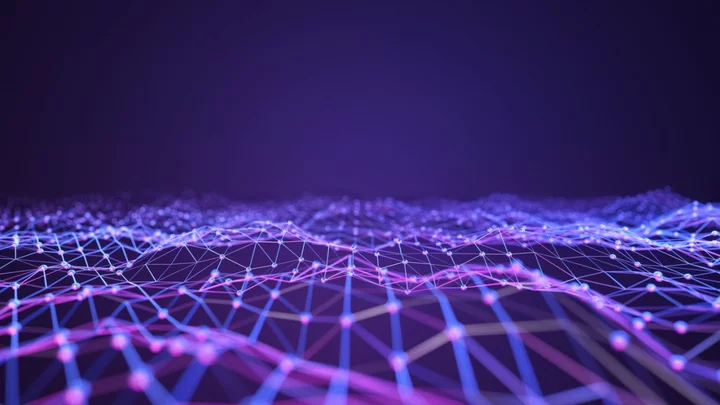
Scientists just created a new state of matter – here's what that means
Scientists have just created an entirely new state of matter made out of subatomic particles. The bosonic correlated insulator, to be precise, is both a new material and a new state of matter, said researchers from California, Arizona and Japan. There are four fundamental states of matter, liquid, solid, gas and plasma – an electrically charged gas found in situations like stars and lightning strikes. But there are many others when you drill down to quantum level (that means at an atomic and subatomic level). The scientists said this is a new one. Sign up to our free Indy100 weekly newsletter The new material is a lattice-shaped pattern, formed from a layer of the two different types of subatomic particles: bosons and fermions. Bosons are a type of particle which is difficult for scientists to create and manipulate because they do not interact with each other. Fermions are more stable – particles such as electrons – and interact through electrostatic force. The material sees the two different types of particle combining and interacting in a new way, with the particles eventually form into a crystalline state, which in turn creates a material which has an insulating effect. “Conventionally, people have spent most of their efforts to understand what happens when you put many fermions together,” says condensed matter physicist Chenhao Jin from the University of California, Santa Barbara (UCSB). “The main thrust of our work is that we basically made a new material out of interacting bosons.” The new material doesn’t yet have any practical uses, but exotic creations like this help scientists understand how the universe is put together, the team said. “What happened here is that we discovered the correlation that drove the bosons into a highly ordered state,” said physicist Richen Xiong, from UCSB. The scientists think the discovery could lead to them finding more materials like this further down the line. “We know that some materials have very bizarre properties,” said Xiong. “And one goal of condensed matter physics is to understand why they have these rich properties and find ways to make these behaviours come out more reliably.” Have your say in our news democracy. Click the upvote icon at the top of the page to help raise this article through the indy100 rankings.
2023-06-22 18:24

CardboardCowboy’s ban: Ludwig mocks Twitch for poor management
CardboardCowboy expressed his dismay at the lack of transparency, highlighting the necessity for clear communication
2023-06-11 19:21
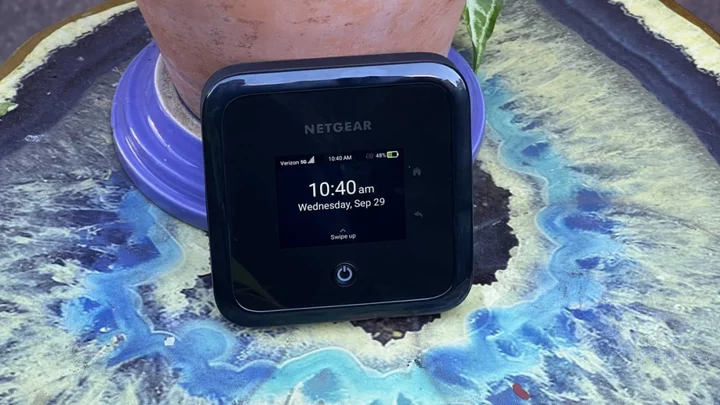
The Best Mobile Hotspots for 2023
Most modern smartphones have a hotspot mode, but cellular modems and Wi-Fi hotspots have historically
2023-07-06 22:16

Amazon Music Unlimited Prime Day Deal: New Subscribers Get 4 Months Free
Turn up the tunes this summer with free Amazon Music Unlimited streaming. New subscribers with
2023-06-22 23:22

Nextivity Unveils the Highest-Powered Mobile Router Available
SAN DIEGO--(BUSINESS WIRE)--Sep 6, 2023--
2023-09-06 22:56
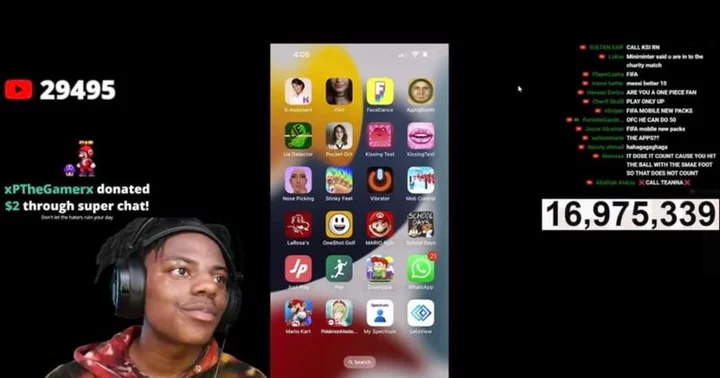
IShowSpeed's upcoming track receives unexpected reviews: 'Sounds good and bad at the same time'
Fans react to IShowSpeed sharing a brief sample from his upcoming rap song
2023-06-15 17:56

Broadband subsidy program that millions use will expire next year if Congress doesn’t act
One of the programs set up to ensure affordable internet for all is set to run out by the middle of 2024
2023-08-26 20:17

EASTEC 2023, The Northeast’s Largest Manufacturing Trade Show, Unites Manufacturing Ecosystem
WEST SPRINGFIELD, Mass.--(BUSINESS WIRE)--May 24, 2023--
2023-05-25 01:18
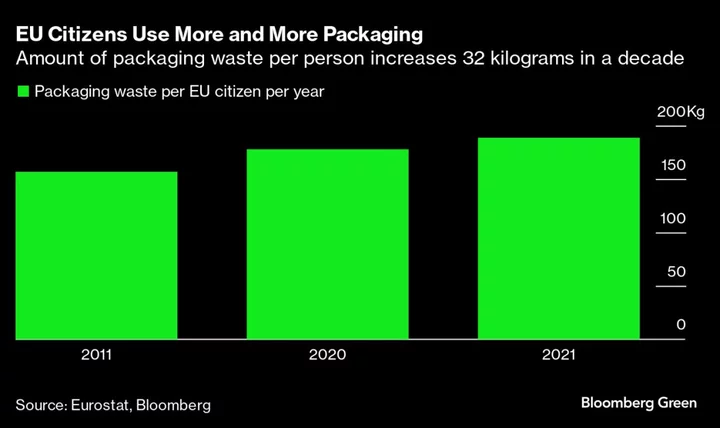
Camembert to Sugar Sachets: EU’s Packaging Rules Get Messy
The European Union’s plans to overhaul the way consumers use packaging from mini shampoo bottles to the wooden
2023-11-23 01:26

Apple provides powerful insights into new areas of health
CUPERTINO, Calif.--(BUSINESS WIRE)--Jun 5, 2023--
2023-06-06 02:16

Reflow Medical Introduces the coraCatheters™ Line and Expands into Complex Percutaneous Coronary Interventions (PCI)
SAN CLEMENTE, Calif.--(BUSINESS WIRE)--May 19, 2023--
2023-05-20 01:57
You Might Like...

Exclusive-OpenAI plans major updates to lure developers with lower costs -sources
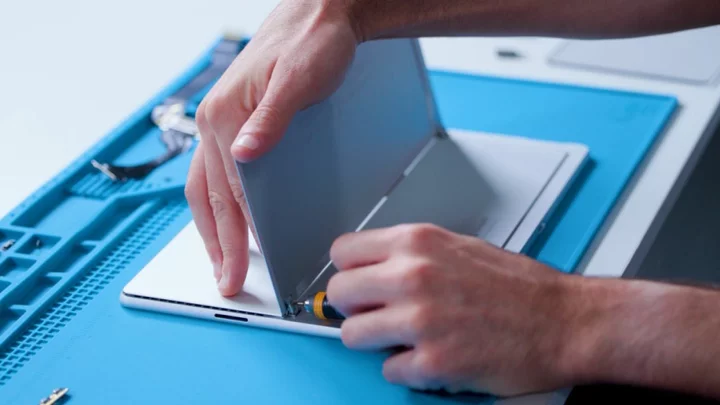
Need to Repair a Surface Device? Microsoft Will Sell You the Parts
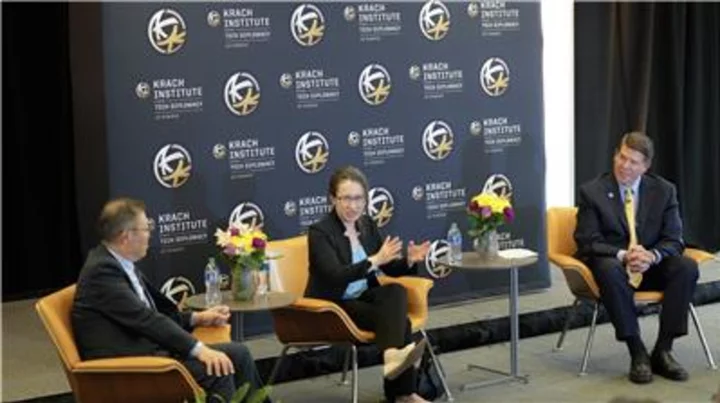
Krach Institute Bolsters Tech Diplomacy Ties with Taiwan

Nintendo News: Fire Emblem for Game Boy Advance Rekindles the Flames of Battle on Nintendo Switch Online + Expansion Pack June 22

Upgrade your productivity for $250 with this portable touchscreen monitor
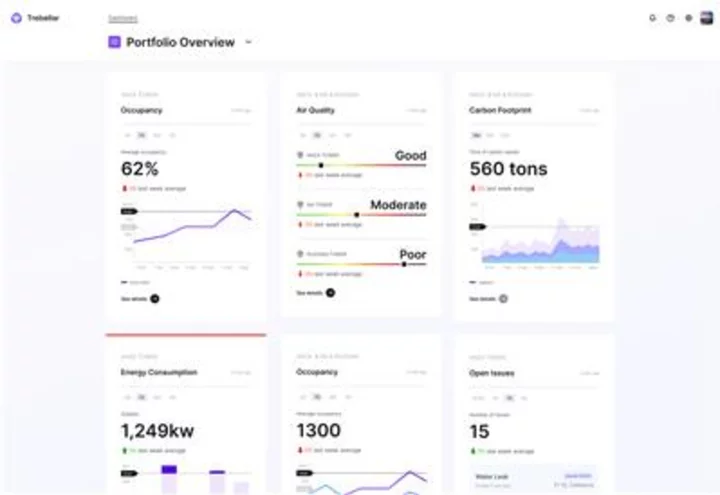
Trebellar Secures Funding to Bring ‘Actionable AI’ to Workplace and Building Operations for Corporate Clients
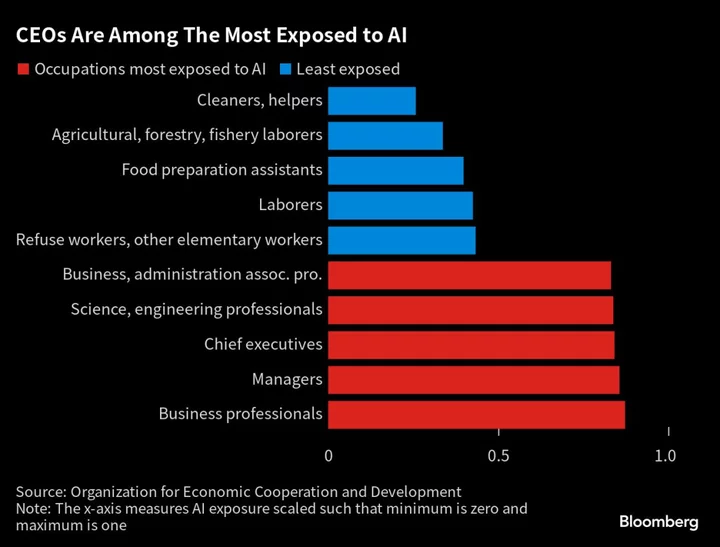
AI’s Rapid Spread Is Sparking More Fears Than Job Losses for Now
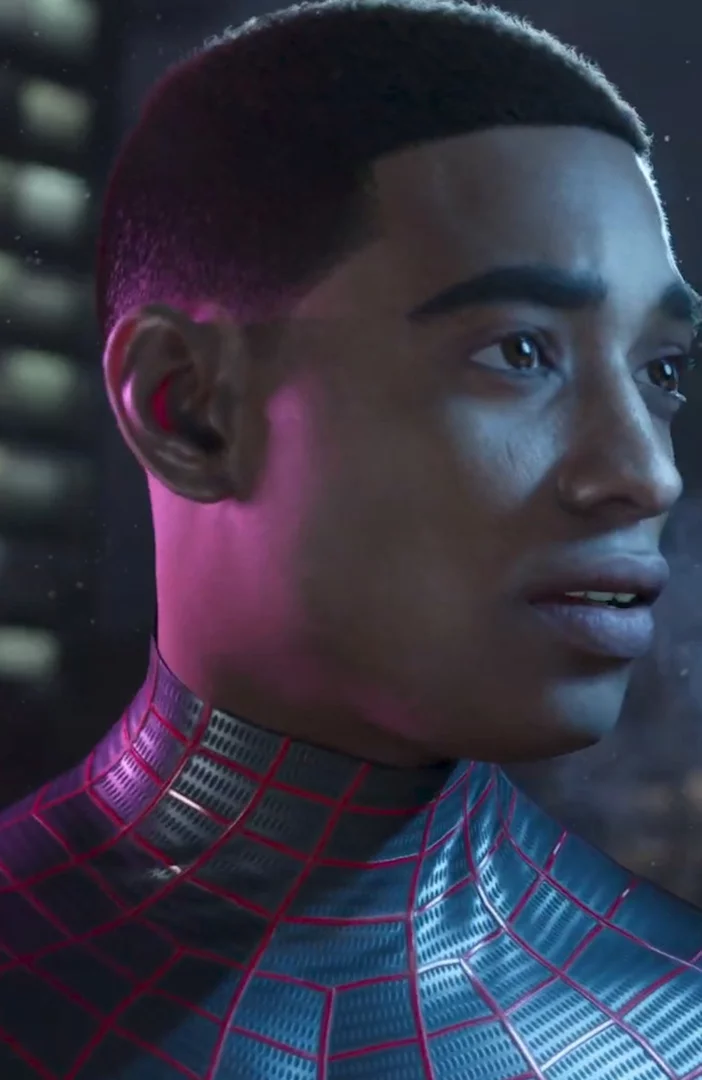
Marvel's Spider-Man 2 Cuban flag fix on the way
